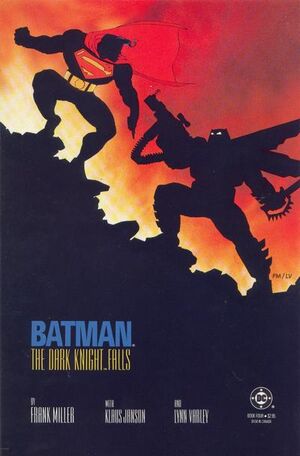The main focus of our class this week was the idea of superhero archetypes. These archetypes, as they relate to adapting a graphic novel like Agents of Atlas, seem to lend themselves readily to further investigation. Of particular interest to our group were the Antediluvian Age archetypes: the Science-Fiction Superman, the Dual Identity Avenger-vigilante, and the Pulp Ubermensch.
The first of these archetypes can be seen in two of our heroes. The first is through the Uranian Marvel Boy, Bob Grayson. He is from a highly advanced society where powers can be given through scientific exploration. In this way he reflects the basic associations of the archetype. In order to see the full application of the archetype, however, one need only look to M-11. In many ways, M-11 is the re-telling of our example for the Science-Fiction Superman: Frankenstein. He is created in a lab as something bigger than humanity, achieves consciousness and then kills his creator, taking a part of him into himself and receiving not just life, but humanity. M-11 seems to be built specifically to fit this archetype.
As an interesting contrast, we can see Batman and The Joker, as portrayed in Tim Burton's Batman (1989), in a similar light. He is created by an act of violence when Jack Napier kills his parents. As a reflection, Jack Napier is transformed into the Joker by Batman. Batman and The Joker don't have any truly superhuman powers, but rather are aided by technology and science.
The second archetype, the Dual Identity Avenger-vigilante, can be seen in the Agents' Venus. While the beginningg of the narrative builds Venus as the actualGoddessss of Greco-Roman myth, it comes to light that she is in fact a monster who comes to believe that she is thGoddessss Venus. In this way Venus reflects the dual nature of many superheroes. One side is essentially evil and dark while her heroic side is the exact opposite.
Batman can, again, be applied to this second stereotype. In the film, Batman is a vigilante who goes above and beyond the law to administer what he believes to be justice. This sense of justice becomes corrupted when faced with Jack Napier, the murderer of his parents, and Batman destroys a chemical plant, effectively killing everything inside. By contrast, his true identity, Bruce Wayne, is constantly seen at charitable events and gives his wealth freely to those who attend, as expressed in the decision to open two more crates of champagne. The effect of this is once again a divide between the character's true identity and their “heroic” side, though in the case of Batman and Venus the method seems reversed.
The final archetype we investigated is the Pulp Ubermensch. Our example of this archetype was Tarzan of the Apes. Of course, the first example that should come to anyone's mind is Ken Hale, the human gorilla. The effect is, again, the same as the example. A man who was raised by gorillas as a gorilla is just the reverse story of a human raised by humans becoming a gorilla. Ken is the character who does not fit in to his own society and is left behind for it.
| Ken and M-11 fight their way out of S.H.I.E.L.D. |
 |
| Similarities between Ken and Batman go deeper than their status as outcasts. |
In order to apply this archetype to Batman, we must look to Frank Millers The Dark Knight Returns. In the beginning of the narrative, Batman is retired and, by all rights, should be happy. However, while his society is content to stand by and allow crime to take their streets, Bruce Wayne must fight back. In this way, he too is different from his own society. The only other similarity, which is common between both the graphic novel and the film, is Batman's association with bats. It seems as though he prefers the company of the “great survivors” to those who allow themselves to be overrun and harmed.
While it is all well and good to identify archetypes in common between our work and the works in class, it is also important to analyze what these similarities mean for our adaptation. For this we looked again to McCloud's second chapter in Understanding Comics. McCloud makes a point of discussing the level to which we identify with a character compared to the level of “realism” present in their depiction. Our group found an interesting parallel between this idea and the idea of archetypes. We suggested that perhaps the level of realism was less important than the archetypes, particularly when analyzing film. By way of example, a cartoon version of Superman, like the one we saw in week two, is infinitely less relateable than a version who is much more (an you'll excuse the pun) drawn out over time, like the depiction we saw in Superman: The Movie. When we understand Superman as an archetype, we can automatically associate certain problems with him and ourselves, and thus feel a stronger connection to his struggles.
Batman. Dir. Tim Burton. By Prince. Perf. Michael Keaton, Jack Nicholson, Kim Basinger, Billy Dee Williams, and Jack Palance. Warner Bros., 1989.
McCloud, Scott. Understanding Comics: the Invisible Art. New York: HarperPerennial, 1994. Print.
Miller, Frank. Batman: the Dark Knight Returns. New York, NY: DC Comics, 2002. Print.
Parker, Jeff. Agents of Atlas. New York: Marvel, 2009. Print.
No comments:
Post a Comment